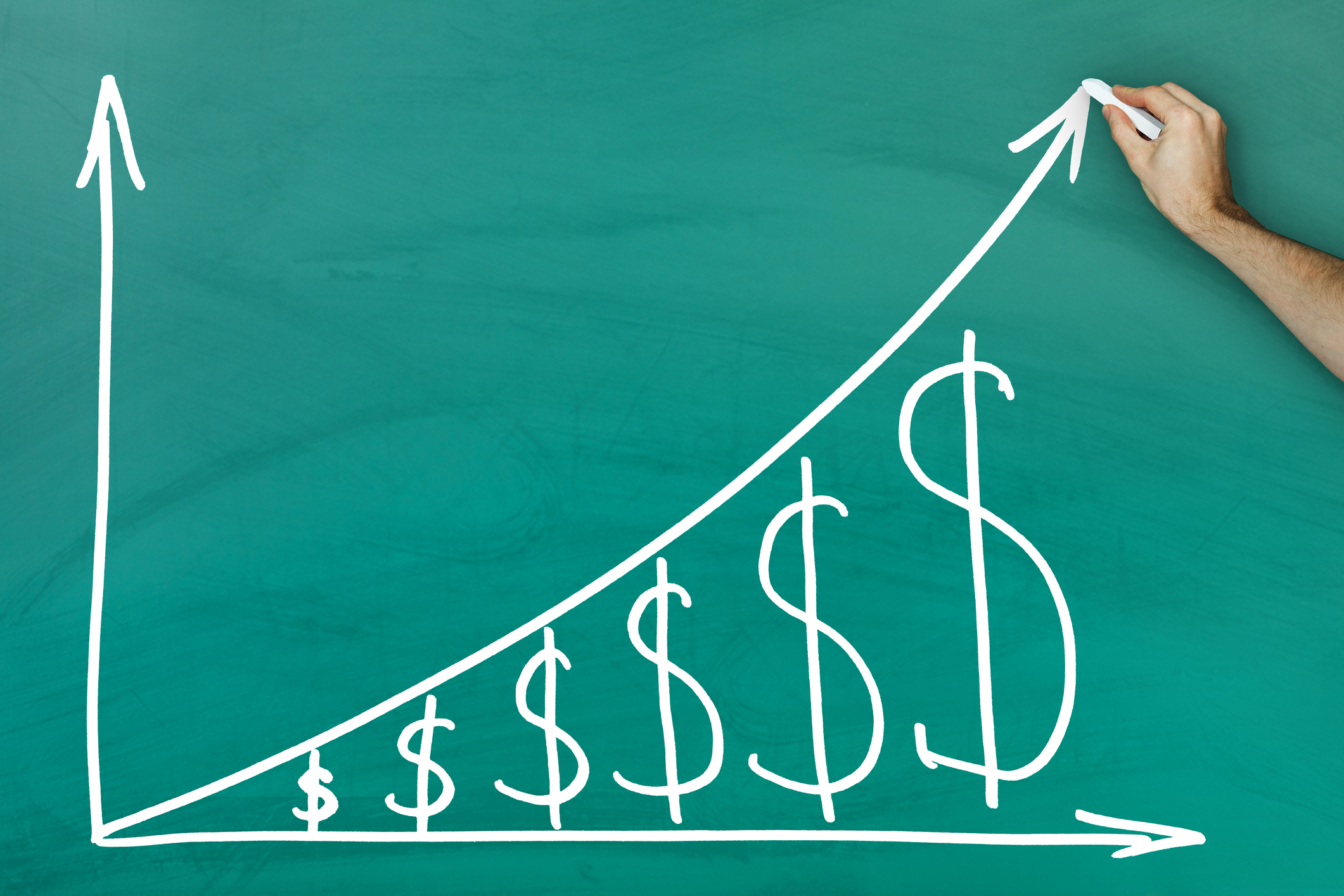Social Security income is vital to most Americans, yet way too many don't know enough about it. For example, according to last year's Nationwide Retirement Institute survey, 29% of retirees said their Social Security benefit was less than they expected.
Don't end up short-changed. Here are three smart Social Security moves you can make to boost your future financial security.

Image source: Getty Images.

Smart Social Security move No. 1: Include Social Security in your retirement plan
First, figure out how much you can expect to collect from Social Security and how that fits into your overall retirement plan. (Don't have a retirement plan? That's a big problem -- you need to develop one.) You can find out how much money you can expect to receive from Social Security via a visit to its website at www.ssa.gov. If you've estimated that you'll need an income of about $50,000 in retirement and found that you'll likely collect around $22,000 annually from Social Security, you'll need to have a plan for making up that $28,000 shortfall -- through investments, annuities, pensions, or some other means.
Here's a little context: The average monthly Social Security retirement benefit was recently about $1,355, or $16,260 for the year. If you've enjoyed an above-average income in your working life, you'll probably be collecting larger-than-average benefits. Still, know that the overall maximum monthly Social Security benefit for those retiring at their full retirement age was $2,639 in 2016 -- or about $32,000 for the whole year.

Image source: Getty Images.
Smart Social Security move No. 2: Maximize your benefits
Knowing how much you can expect to collect is a good start, but you also have some power to influence your ultimate benefit checks.
For starters, the formula used to compute your benefits is based on your earnings in the 35 years in which you earned the most money (adjusted for inflation). So if you only earned income in 28 years, the formula will be incorporating seven zeros, which will shrink your benefits. If you're planning to retire after, say, 33 years of work, it might be worth it to work at least two more years. Even if you've worked 35 years, if you're currently earning much more than you did in the past (on an inflation-adjusted basis), you might consider working for another year or two, as each high-earning year will kick a low-earning year out of the calculation, boosting your benefits.
Next, know that you can make your monthly checks much bigger by delaying starting to collect -- and you can start collecting early, too, if you're willing to accept smaller checks. By thinking strategically, you can make the most of your payouts.
The normal (or "full") retirement age for Social Security used to be 65, but it has been increased for many of us. For those born in 1937 or earlier, it's 65, for those born in 1960 or later, it's 67, and for those born between 1937 and 1960, it's somewhere in between. Despite that, though, you can start receiving benefits as early as age 62 and as late as age 70. Determining when it's best for you to start receiving benefits is important and not as simple as it may seem.
Start as early as age 62 and your checks will be up to 30% smaller -- but you'll receive more of them than if you started later. Delay and the checks will swell. For every year beyond your full retirement age that you delay, you'll increase their value by about 8% -- until age 70. So delaying from age 67 to 70 can leave you with checks about 24% fatter. The difference isn't as big as it seems, though, because the system is designed so that total benefits received are about the same for those with average life spans no matter when they start collecting. So if you need the money, consider starting to collect early. Or if you can afford to wait -- especially if you expect to live a longer-than-average life -- do so.

Image source: Getty Images.
Smart Social Security move No. 3: Consider spousal strategies
Finally, if you're married, it's smart to take your spouse's benefits into account when planning and to formulate a joint strategy together. This can be especially important if there's a big disparity in the earnings history of the two partners or if there's a great difference in ages.
For example, if two spouses are collecting benefits and one dies, the surviving spouse can collect the higher of the two benefit amounts. Thus, it can be smart for at least one spouse -- ideally the one who has been the bigger earner -- to delay collecting benefits in order to increase the size of their eventual checks. This can be especially valuable if one spouse earned a lot less in his or her working life than the other. If the spouse with the bigger benefit check dies first, the surviving spouse can collect that bigger benefit check instead of the smaller one.
Meanwhile, spouses can collect "spousal benefits" based on their partner's earnings history -- getting up to 50% of that spouse's benefits -- instead of collecting benefits based on their own work history. That might not seem like a great deal, but it can be meaningful if one spouse has earned far less than the other and is therefore entitled to far smaller benefits on their own work record. If you qualify for a spousal benefit, you can collect it while delaying starting your own benefits -- in order to let those grow.
Also, if you're divorced from someone you were married to for at least 10 years, you may be able to receive benefits based on your former spouse's earnings. There are other Social Security strategies available to those who are or have been married. The more you learn about them, the more you might get out of the program.
For most of us, Social Security is too critical to just ignore, hoping for the best when it comes to collecting benefits. Take some time to learn how much you can expect and how to fit that into your overall plan, and then learn how you might boost your benefits and coordinate profitably with your spouse. You could end up with thousands of dollars more each year in retirement.